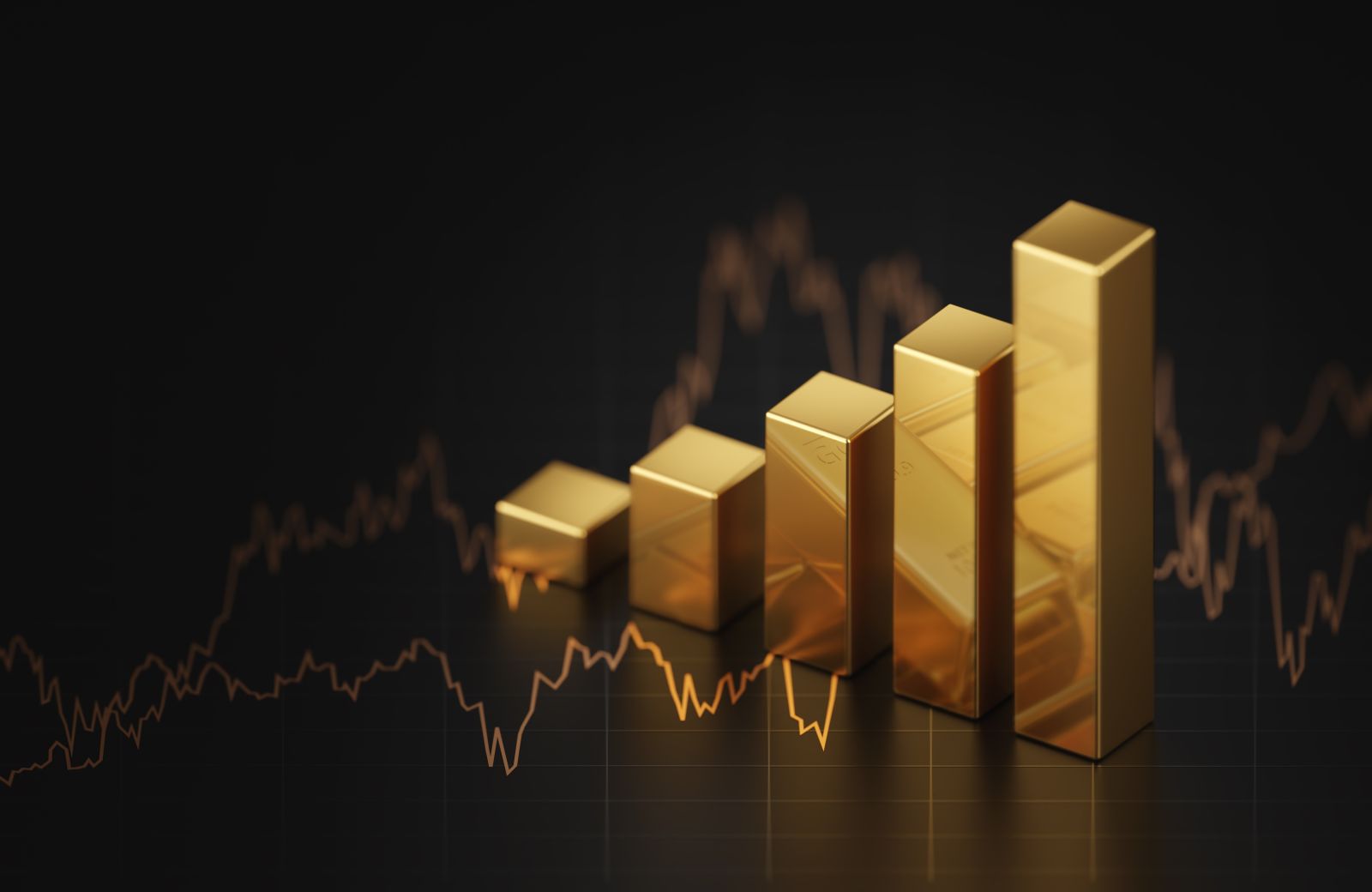 |
 |
|
Name
Cash Bids
Market Data
News
Ag Commentary
Weather
Resources
|
Will gold reach $4,000 by the end of 2025?
After a brief correction from its all-time highs of almost $3,500 per ounce, XAUUSD is back on the rise. The reasons for this rally are the same as last time: the dollar's weakness and investors' search for safety amid the uncertainty caused by Donald Trump's trade wars and their lack of progress. Disappointing first-quarter U.S. GDP figures added fuel to the fire. Instead of the 0.4% growth expected by the market, the initial reading showed a contraction of -0.3%. The good news is that the decline was mainly due to increased imports, as companies rushed to stock up in anticipation of upcoming tariff hikes. In March alone, the U.S. goods trade deficit rose 9.6% monthly to $162 billion. The concern is that the second quarter could also show negative GDP growth, not just because of trade imbalances, but because of a broader economic slowdown caused by weakening consumer confidence and falling demand. No wonder, then, that Wall Street analysts have cut their second-quarter earnings forecasts more than usual. What's the bottom line? While there is still some optimism in the S&P 500 and Nasdaq, the economy could take a hit if Trump's trade tensions, especially with China, don't calm down soon. And that, in turn, creates more room for gold to grow. Should you bet everything on gold? No, just as you shouldn't bet everything on one particular asset. Gold, in particular, moves in unpredictable cycles that depend on factors that can change overnight. If Trump suddenly announces the resumption of trade talks with China, gold prices could fall as quickly as they rose, and we've already seen that. On the other hand, if geopolitical tensions escalate — for example, in relations between the US and Iran or due to China's growing assertiveness — demand for safe-haven assets could rise. Therefore, it makes sense to hold some gold, but not go all in. Some also recommend silver, which has lagged behind gold this year. What next? Goldman Sachs sees gold at $3,700 by the end of the year and $4,000 by mid-2026. If a recession occurs, they believe gold could even reach $3,880. But if the dollar strengthens, global tensions ease, or trade issues with Japan, China, and the EU are resolved, gold demand could fall, and with it prices. This article contains syndicated content. We have not reviewed, approved, or endorsed the content, and may receive compensation for placement of the content on this site. For more information please view the Barchart Disclosure Policy here.
|
|
|